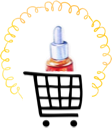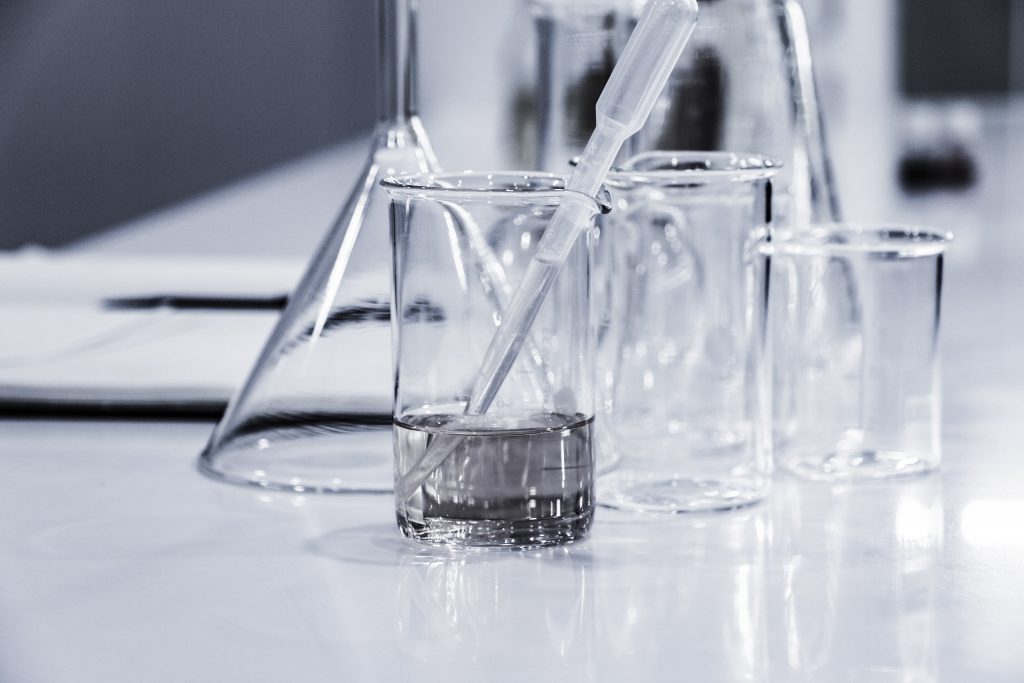Phenoxyethanol has become a hot topic recently and is an ingredient we are regularly asked about.
When I started formulating Pai back in 2006, I looked at Phenoxyethanol as a preservative for Pai products. However, I discovered I was intolerant to it even in tiny amounts, so quickly ruled it out as an option.
At that time both the Soil Association and ECOCERT allowed Phenoxyethanol in certified organic products.
ECOCERT has since disallowed Phenoxyethanol in cosmetic formulations, and the Soil Association is following their lead in 2012 when it becomes part of the new COSMOS European Organic Certification programme.
As a result, a number of natural and organic cosmetic brands are working hard to remove it from their products. Reformulation is an extremely costly and time-intensive exercise, so these companies are to be applauded.
Some brands won’t bother to reformulate and will either lose their organic certification, or move over to a lax standard such as the Organic Food Federation (UK), which allows Phenoxyethanol and is not part of COSMOS.
So, Phenoxyethanol isn’t just a hot topic for consumers, but one that is proving increasingly controversial and divisive within the natural and organic beauty sector.
What is Phenoxyethanol?
In the cosmetics industry, Phenoxyethanol is used as a stabiliser in perfumes and as a preservative.
For the science-buffs out there, Phenoxyethanol’s chemical name is 2-phenoaxyethanol; ethylene glycol phenyl ether.
It’s an oily, colourless liquid that belongs to the family of the glycol ether.
Although Phenoxyethanol can be found naturally in green tea and chicory, the cosmetic ingredient is not plant derived. Instead, it is synthetically produced in a laboratory.
Why is it so prolific in natural cosmetics?
When the health scare surrounding Parabens surfaced, a raft of cosmetic manufacturers looked for a quick and effective replacement preservative for their formulations.
Phenoxyethanol seemed to fit the bill as a reliable alternative, offering a broad spectrum of antimicrobial activity against bacterias, moulds and yeasts.
Current cosmetic regulation advises that the ingredient only be used in proportions under 1%.
(Note: Ingredients are always listed in proportional order, so if you see Phenoxyethanol referenced high up an ingredient list, then the manufacturer may be using more than 1%).
So why the controversy over Phenoxyethanol?
While existing scientific research on Phenoxyethanol is conflicting, some experts believe it to be a toxic ingredient.
Repeated exposure to the substance over prolonged periods has been linked to contact dermatitis (more info 1 and 2), worsening of eczema (more info), reproductive toxicity (more info) and neurotoxicity (more info 1 and 2).
Before you start worrying, it is important to stress that none of the available research data is conclusive, and it generally applies to exposure to Phenoxyethanol in isolation or products containing high doses of the ingredient.
This is a controversial and complicated topic which I’m sure will continue to be debated at length. To continue your research, take a look at fellow blogger’s No More Dirty Looks post, which I think sums up the topic rather well.


